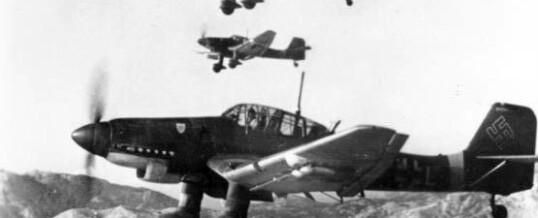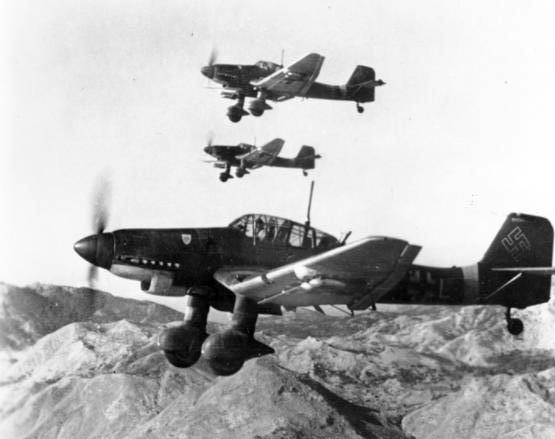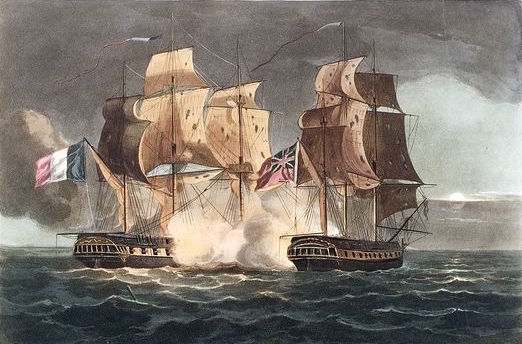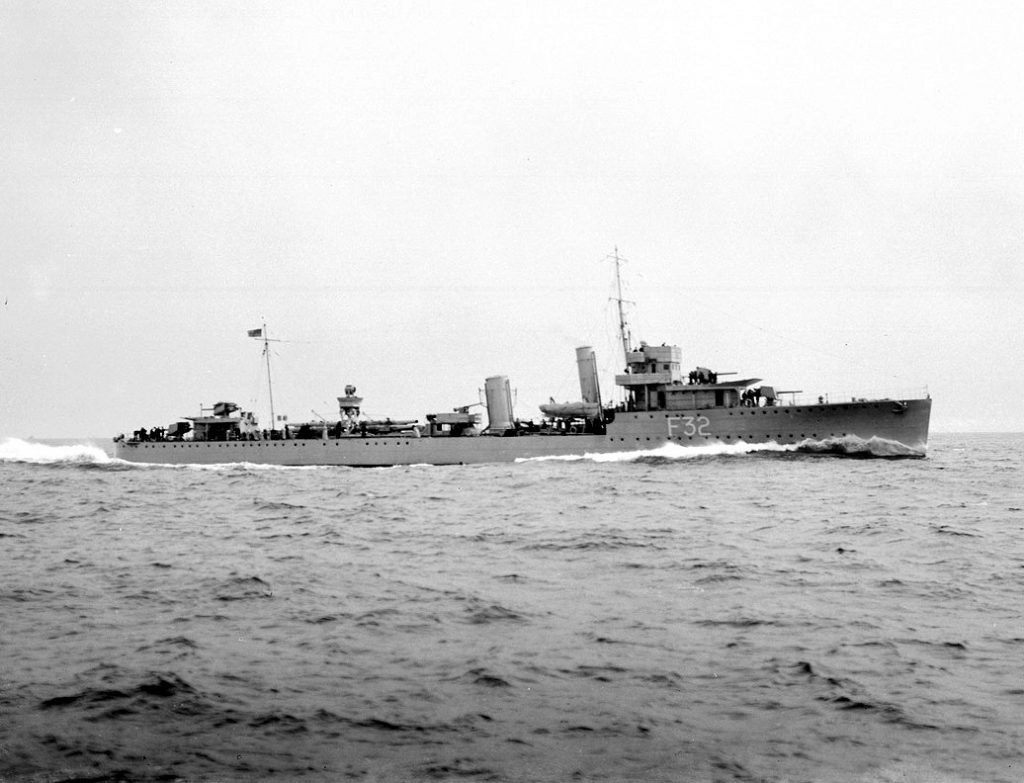
The British East-Indiaman Hartwell was carrying 209,280 troy ounces of silver when she was lost on a May 24. Lots of other ships were lost on other May 24ths. They range from an 18th century British ship on Grand Cayman to a neutral Brazilian merchant ship that was torpedoed off the Dominican Republic during World War II. If you are reading this in a post, go to http://shipwrecks.com/shipwrecks-of-may-24/ to learn more about some of the many shipwrecks that have occurred on this day over the centuries.
Today’s Shipwrecks™
May 24
compiled and edited by Dr. E. Lee Spence
1783: The British ship Fidelity, Captain Hewson, bound from Jamaica to London, was lost on Grand Cayman on May 24, 1783. Her crew and part of the cargo was saved.
1787: The full-rigged, 3-decked ship Hartwell, Captain Edward Fiott, was wrecked on May 24, 1787, at Boa Vista, Cape Verde Islands, off West Africa, while on her maiden voyage and bound from England to China. She was owned by the British East India Company and was loaded with valuable goods including 209,280 troy ounces of silver.
She was built by Caleb Crookenden and Co. of West Itchenor, West Sussex, launched Hartwell in February 1787, for John Fiott, who claimed she was then the largest ship of her kind in the service of the East India Company.
After severe Atlantic gales on May 20, a mutiny broke out when the crew refused to extinguish lights. Fiott arrested and confined three men, but with half the crew still refusing to obey orders, he changed course and headed for the Cape Verde islands, where he intended to hand over the mutineers to the authorities. However, on May 24, the Hartwell ran onto a reef three leagues north-east of the island of Boa Vista. Although she broke up and sank, all the crew were saved.
The basis of the mutiny was the crew’s desire to seize the treasure Hartwell was carrying, and Captain Fiott’s indecisiveness aggravated the situation. The East India Company conducted an enquiry that led the Company on 22 June 1787 to dismiss him from its service. One of the midshipmen aboard was John Bellingham, who was later notorious as the assassin of British Prime Minister Spencer Perceval.
Note: Between 1788 and 1791, under an East India Company contract, the Braithwaite brothers reportedly recovered 97,650 silver dollars from the wreck. Between 1994 and 1996 the South African company Afrimar recovered more coins and artifacts, and from 1996 the Portuguese company Arqueonautas Worldwide S.A surveyed and recovered yet more artifacts from the wreck.
1808: The frigate Astrea was lost on the Island of Anegada on May 24, 1808.
1858: A report from Turk’s Island dated May 24, 1858, stated: “five vessels had been wrecked off Caicos within a week.”
1862: The U.S.S. Hunchback ascended the Black River in North Carolina on May 24, 1862, and found three schooners sunk “athwart the stream” as obstructions two or three miles above the river’s mouth. The center schooner was immediately moved (but apparently not raised) to clear a channel.
1881: The small Canadian passenger steamer Victoria capsized and sank from overloading in the Thames River, near London, Ontario on May 24, 1881. Around 182 of the 600 people on board drowned.
The Victoria was built in 1880 at London, Ontario, Canada. She had carvel planked wooden hull with 2 decks and a round stern. She was 44 gross tons, 28 net, 64 feet in length, and 24 feet in breadth. Her official number was 71235.
1902: The Belgian screw steamer Stanleyville was wrecked off Takoradi, Gold Coast, Africa, on May 24, 1902.
1914: The Canadian coaster Berthier was destroyed by fire at Montreal, Canada on May 24, 1914.
The paddle steamer Berthier was built in 1870 at Sorel, Canada and was registered at Montreal. She was 1102 gross tons, and 671 net tons.
1914: The Argentine coaster Pueyrredon caught fire and was beached at Concepción del Uruguay, Argentinia, on May 24, 1914.
1915: The American coastal freighter Claremont slammed into a submerged portion of the North Jetty at Coos Bay, Oregon on May 24, 1915 and was a total loss. The passengers and crew were rescued by the dredge Michie, which had been working nearby. Note: One source gives the date of her loss as January 22, 1915, while another one shows her as lost in 1917. A photo of her can be found on page 81 of the book “Coos County” by Lise Hull.
The SS Claremont had a wood hull and was built by the John Lindstrom Shipyard at Aberdeen, Washington in 1907. She had a single screw driven by a triple expansion, compound steam engine. She was 747 gross tons, 418 net tons, 188.4 feet in length, 38.4 feet in breadth, and 12.8 feet. She had a crew of 17. Her official number was 204731 and her home port was San Francisco, California.
1916: The Spanish cargo ship Aurrera was sunk in the Mediterranean Sea off Corsica in latitude 43°16’ north, longitude 08°25’ east by the German submarine U-39. Her crew survived.
1916: The Danish barque Zanrak ran aground at Sumboe, Faroe Islands on May 24, 1916. Her crew was rescued.
1940: On May 24, 1940 the British destroyers HMS Wessex, HMS Vimiera and HMS Wolfhound, and the Polish Navy destroyer ORP Burza bombarded a German armored column advancing on Calais, France and received return fire from German artillery ashore. Within 10 minutes of starting the bombardment, 27 German dive bombers attacked the destroyers, hitting Wessex with three bombs.
Wessex quickly sank in 115 feet water at latitude 51°00’54” north, longitude 001°45’50” east. Vimiera rescued Wessex’s survivors but had to withdraw with damage from six near misses.

“Junkers Ju 87” Stuka (German dive bombers)
photo by PK-Kriegsberichter Karnerth courtesy Deutsches Bundesarchiv (German Federal Archive)
The German aircraft then focused their attack on the Polish destroyer Burza, which suffered heavy damage from two bomb hits but managed to limp back to Dover with Vimiera. The destroyers shot down one German aircraft during the action.
1942: On May 24, 1942, the German submarine U-502 sank the Brazilian merchant ship Gonçalves Dias with two torpedoes about 100 miles south of Ciudad Trujillo (present day Santo Domingo), Dominican Republic. Because the steamer was armed with a 120mm gun, the sub had incorrectly assumed she was an Allied vessel and a fair target and did not learn she was Brazilian (and thus a neutral vessel) until after the attack when they questioned the survivors. Her captain, João Batista Gomes de Figueired, and five of her crew were lost, thirty-nine others were saved. Her location was also described as “16.09N, 70.00W – Grid EC 6148.” She carried a cargo of coffee.
A screw steamer, she had been the American vessel Argosy (ex-Mormacsun), but had been sold to Brazil in 1940 and renamed Gonçalves Dias. She was owned by Cia de Navegação Lloyd Brasileiro in Rio de Janeiro. Her home port was Rio de Janerio, Brazil. She had a steel hull, 4,996 gross tons, 3,094 net tons, 390.0’ in length, 54.2’ in breadth, and 27.8’ in depth. She was built at Hog Island, Pennsylvania, in 1919, for the freight service. She was rated by the American Bureau of Shipping and in 1938, when she was owned by Moore-McCormack Lines of Delaware and home ported at New York, she showed her crew as 35 (not counting her master). She was fitted for burning oil and was 2,500 horsepower. When an American vessel, her official numbers were 220718, and her signal letters were KDHL. She had a radio transmitter.
• • •
NOTE: This is by no means meant to be a complete list of the vessels lost on May 24, as there have been thousands of ships lost for every day of the year. All of the above entries have been edited (shortened) and come from various editions of Spence’s List™. The original lists usually give additional data and sources. Those lists are being updated and are or will be made available for a fee elsewhere on this site.
Click here to check out Dr. E. Lee Spence’s Facebook page on shipwrecks and treasure.
© 2013 by Dr. E. Lee Spence for composition, content and compilation.
Share
